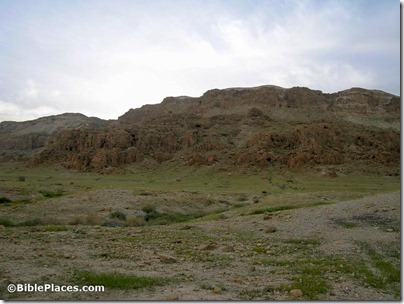The completely buried Roman city of Falerii Novi has been mapped with radar technology.
An Egyptian archaeologist is using technology, including Google tools, to assist in the work of preserving and documenting her nation’s heritage.
A research study is using AI to analyze ancient feces and learning in the process of the relationship between humans and dogs.
Phillip J. Long provides a helpful review of a valuable up-to-date summary of the DSS and their relation to Qumran: Scribes and Scrolls at Qumran, by Sidnie White Crawford.
The final publication of Tall Zira’a, Volume 6, Hellenistic to Umayyad Period (Strata 8–3) is now available online as a free download.
‘Atiqot 99 (2020) is now online.
“Tutankhamun In Colour,” a BBC program featuring colorized photos from Howard Carter’s Egyptian explorations, will air on June 18.
Context Matters is a weekly podcast begun earlier this year and hosted by Cyndi Parker.
In a BBC audio presentation, Bridget Kendall explores ancient Babylon with four experts.
More than 1,000 color sides taken by Kenneth Russell have been added to the ACOR Photo Archive.
Carl Rasmussen shares a photo of an ancient papyrus attesting that a man had offered sacrifices to the gods—a way of proving that one was not a Christian.
The Temple Mount Sifting Project is now offering “remote sifting.”
HT: Ted Weis, Agade, Charles Savelle, Joseph Lauer
![Church of the Holy Sepulcher locked, nf7550-sr_thumb[1] Church of the Holy Sepulcher locked, nf7550-sr_thumb[1]](https://www.bibleplaces.com/wp-content/uploads/2020/05/Church-of-the-Holy-Sepulcher-locked-nf7550-sr_thumb1_thumb.jpg)
